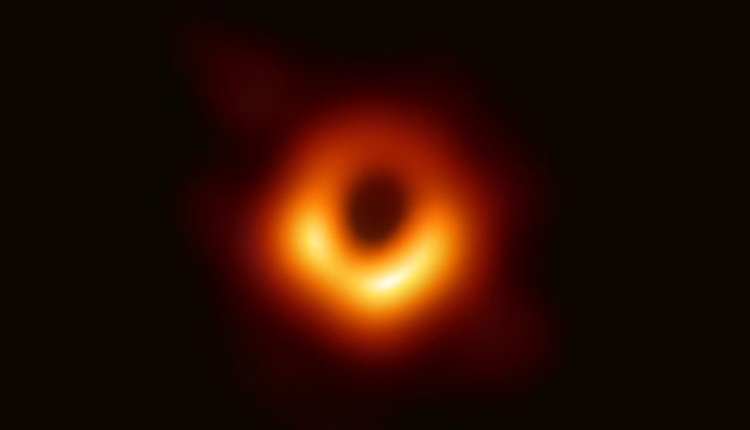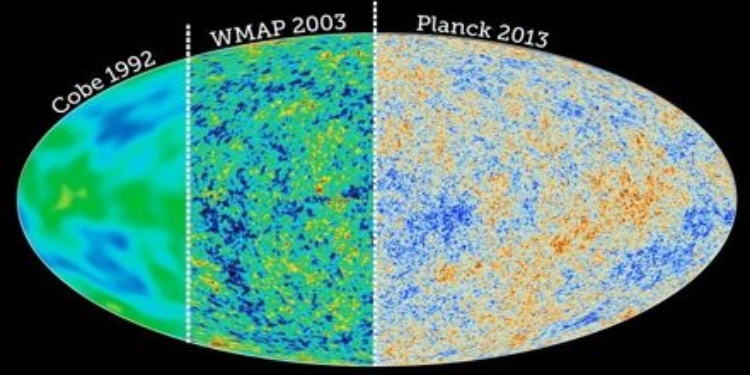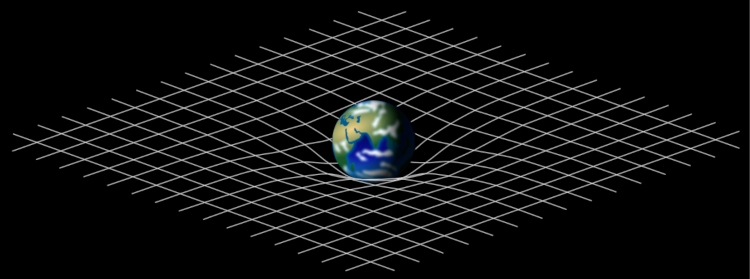Have you ever imagined what’s over the horizon? We have.
The Event Horizon telescope released the first image of a super massive black hole. This historic event is a significant breakthrough for humanity and astrophysics and has been described as the most technically advanced image ever taken.
Shadow of the Black Hole
Dr James Edholm specialises in researching black holes and completed his PhD at the University of Lancaster. He is currently a visiting researcher in the Centre for Astrophysics and Relativity in Dublin City University. He presented his research in a seminar an hour after the Event Horizon press conference, focusing on how gravity works inside black holes. He used the image of the black hole in his talk, most likely making him the first person in Ireland to show this image in an academic presentation.

Many people think of a black hole as something that doesn’t allow light to leave it. So, how can we see something that doesn’t let light escape? Dr Edholm explains that the answer is that we are not seeing the black hole itself, instead we are seeing what is called the “shadow” of a black hole, which means that we see the light from the gas surrounding the black hole. The gas is heated up so much by the gravity of the hole that it starts to glow, producing the light that we see.
The image had better resolution than many physicists had been expecting but it is still a far cry from the images produced by using simulations for films like Interstellar. Speaking about possible advances, Dr Edholm stresses that this is just the first attempt to capture these images.
Future images will likely be of significantly better quality, considering how the image of the Cosmic Microwave Background (the leftover radiation from the early universe) improved from its first image to the most recent one. We can only imagine what improvement will be possible from this iconic first picture of a black hole.

So why is the study of black holes important? They are extremely significant in the understanding of gravity; they are a unique test of gravity when it is at its strongest. Something we don’t often think about is how weak gravity is as a force. Think about a fridge magnet – the force of the entire Earth pulling down on it isn’t enough to counter the force of the attraction of the tiny magnet to the fridge. The fact that gravity is such a weak force means that in most cases, it doesn’t particularly matter how it behaves at short distances. Nothing that we encounter in our Solar System is dense enough to have a strong pull when looking at objects which are very close together. Our theory of gravity; General Relativity, describes these objects very well and has passed every experimental test so far.
However, black holes are extremely dense concentrations of mass, strong enough to bend light around them and cause extremely strong gravitational forces. Dr Edholm explains that when we try and apply General Relativity to black holes, it cannot cope with the immense forces at the centre of the black hole and the laws of physics break down.

This means we are lacking a complete theory of gravity, and there have been many attempts to extend General Relativity so that it includes black holes. His research specialises in modifying gravity to make it better-behaved when applied to black holes, while continuing to describe how gravity works in our Solar System. This ultimately affects how the black hole shadow will appear.
[perfectpullquote align=”full” bordertop=”false” cite=”” link=”” color=”#1AC4A8″ class=”” size=””]Suggested Reading: Gravitational Waves | Einstein’s ripple in space-time proven true at LIGO[/perfectpullquote]
Dr Katherine Bouman, another astrophysicist who works at the Harvard-Smithsonian Centre for Astrophysics quickly became famous on the internet for her role in developing the algorithm which created the image. By combining data from a network of eight telescopes across the globe, it pieces together an image of a black hole approximately 55 million light-years away.
The initial indications are that the image is consistent with the predictions of General Relativity, but we will have to wait for more detailed images to see which modified theory is correct. Research in this area will continue to give us an unprecedented insight into the structure of black holes. Working on gravity at such an exciting time in this field for Dr Edholm is thrilling – “It feels like after decades of stagnation, we are finally about to uncover the true nature of gravity and even gain some insights into the creation of our universe”.
